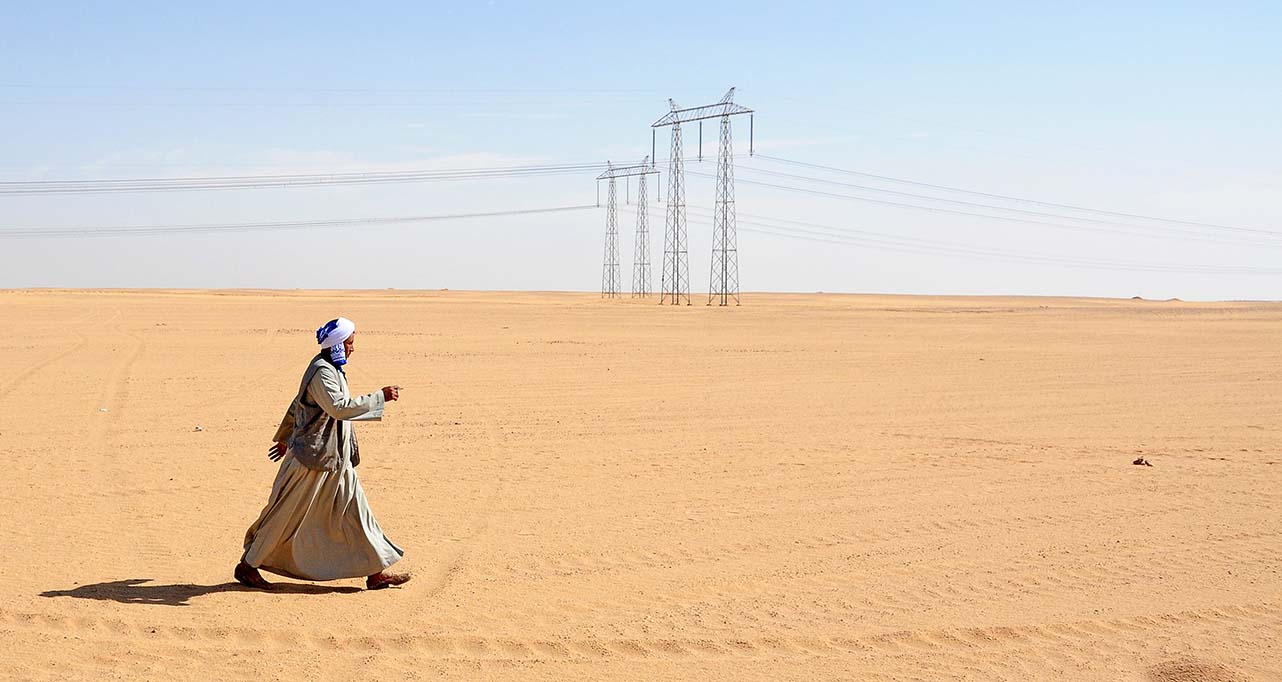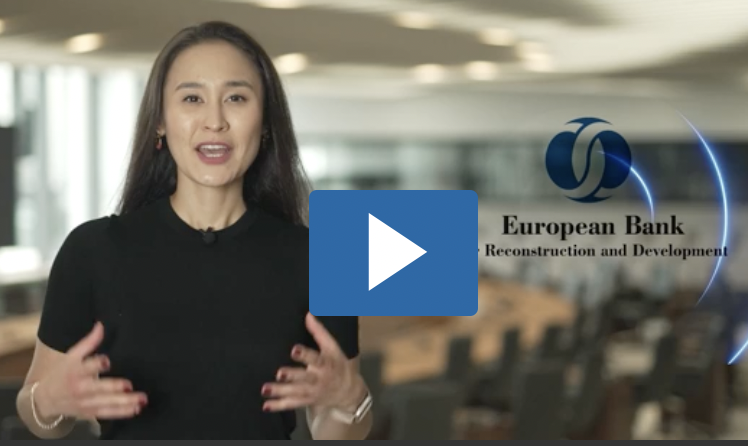Banks continued to scale back their exposures to Central, Eastern and South Eastern Europe (CESEE) in Q3 2013, at broadly the same pace as in Q2 2013, alleviating concerns that foreign banks’ pullback from the region may have intensified following the Fed taper talk in May 2013.
That said, the overall external funding conditions have become more challenging for the CESEE countries, with borrowing costs rising and portfolio outflows adding to the negative momentum from continued banking outflows.
Private sector credit growth remained subdued in many CESEE countries outside the CIS and Turkey, with credit growth to non financial firms still in the negative territory in some countries.
Prospects in 2014 are for further tightening in external funding conditions for emerging markets, as Fed tapering and the upcoming European bank asset quality review/stress tests proceed. The recent episode of volatility underscores challenges that will likely persist along the transition path to higher global interest rates.
You can read more in the latest CESEE Deleveraging and Credit Monitor for Q3 2013 prepared by the staff of international financial institutions taking part in the Vienna Initiative’s Steering Committee.



